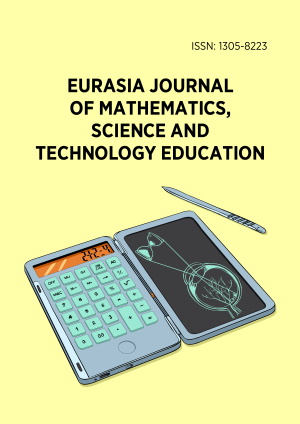Abstract
This bibliometric study analyzes the scientific production on the use of artificial intelligence (AI) in mathematics education between 2020 and 2024. Based on a sample of 384 documents extracted from 155 international sources, the study evaluates emerging trends, collaboration patterns among authors and countries, and the main themes related to the use of AI in mathematics education. The analysis was conducted using the Biblioshiny tool in RStudio, generating network maps and thematic graphs that visualize the relationships between keywords and international collaborations. The results show that China and the United States lead in terms of scientific productivity and international collaboration. A growing interest in the use of generative AI emerges, including deep learning and ChatGPT, in educational contexts for the purpose of assessment of learning. The present study provides a clear overview of current dynamics in AI research in mathematics education, highlighting opportunities for interdisciplinary collaboration.
License
This is an open access article distributed under the Creative Commons Attribution License which permits unrestricted use, distribution, and reproduction in any medium, provided the original work is properly cited.
Article Type: Review Article
EURASIA J Math Sci Tech Ed, Volume 21, Issue 2, February 2025, Article No: em2576
https://doi.org/10.29333/ejmste/15915
Publication date: 02 Feb 2025
Article Views: 1199
Article Downloads: 591
Open Access References How to cite this article
 Full Text (PDF)
Full Text (PDF)